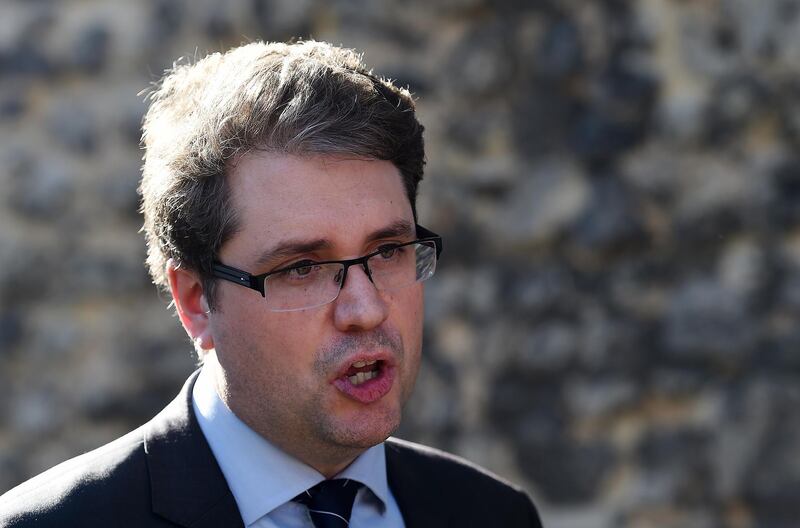The outing of the second Russian agent sent to kill Sergei Skripal marks another remarkable success for the investigative website Bellingcat and its founder Eliot Higgins.
In less than eight years, Mr Higgins has developed from the author of a little-known blog to a leading authority on the use of weapons of war and the source of a string of rigorously-researched scoops.
His findings have been scorned by the Russian government which claimed that his group was an arm of the British state. He has been accused of being the tool of security services from Israel to the United States.
The reality is for most of the last six years, Mr Higgins, 39, has been running a single-handed operation with the help of a few other volunteers from the living room of his home in the central English city of Leicester.
Operating under the pseudonym Brown Moses, Mr Higgins first built his reputation with a blog that forensically examined social media and videos from the conflicts in Libya and Syria.
His fully-fledged blog emerged only in 2012 after he lost his job helping to house asylum seekers and a six-month hiatus after the birth of his daughter the day before Muammar Qaddafi was killed in October 2011.
_____________
Read more:
[ MH17: Russian military missile downed passenger jet, probe says ]
[ UN security team comes under gunfire in Syria’s Douma ahead of inspector visit ]
_____________
He had no formal journalism training – dropping out of a media studies course – and spent a decade in business administration and finance before indulging his passion for online argument and obsessive scrutiny.
His expertise was to organised and examine the mass of videos pushed out on YouTube by all sides in the conflicts. Often ignored by the mass media because of their perceived unreliability, Mr Higgins systematically assessed and cross-referenced hundreds of videos to pinpoint locations, events and chart developments in conflicts.
He uncovered the smuggling of arms to the Syrian opposition. He laid the groundwork for a story later run in the New York Times that showed how Saudi Arabia had bought arms from the Croatian government which were eventually smuggled to the Free Syrian Army.
By the time the Obama administration announced it had evidence that Syrian regime had used chemical weapons against civilians, Mr Higgins had run a series of stories based in part on the scrutiny of weapons and their effects.
Using crowdfunding, he set up Bellingcat in 2014 – ‘belling the cat’ means to take on a dangerous enterprise – and has slowly grown in scale to employ ten members of staff, plus translators and volunteers, he told the BBC.
Despite its small-scale, it has harnessed new techniques to back up its claims, using free and open source tools such as Google Maps to verify and debunk theories.
The group first identified a Russian military unit responsible for shooting down Malaysia Airlines Flight 17 over eastern Ukraine in 2014, that killed 298 passengers and crew.
Using social media profiles of Russian servicemen, photographs and geolocation techniques, the group successfully debunked claims by the Russian government that a Ukrainian military unit was responsible.
Its findings were verified three years later by UN prosecutors – who were given the Bellingcat dossier – and said their investigations and recovery of munitions had proved undoubted Russian involvement.
Its most eye-catching success have been in the last month with the unmasking of the two men behind the Salisbury attack as a highly-decorated Russian military officer and one of its doctors.
Mr Higgins said the group’s work was looking to expand its workers to scrutinise Yemen and Libya.
“All of this because I made use of resources available to anyone with an internet connection yet poorly exploited by the mainstream media,” he wrote in 2013.







